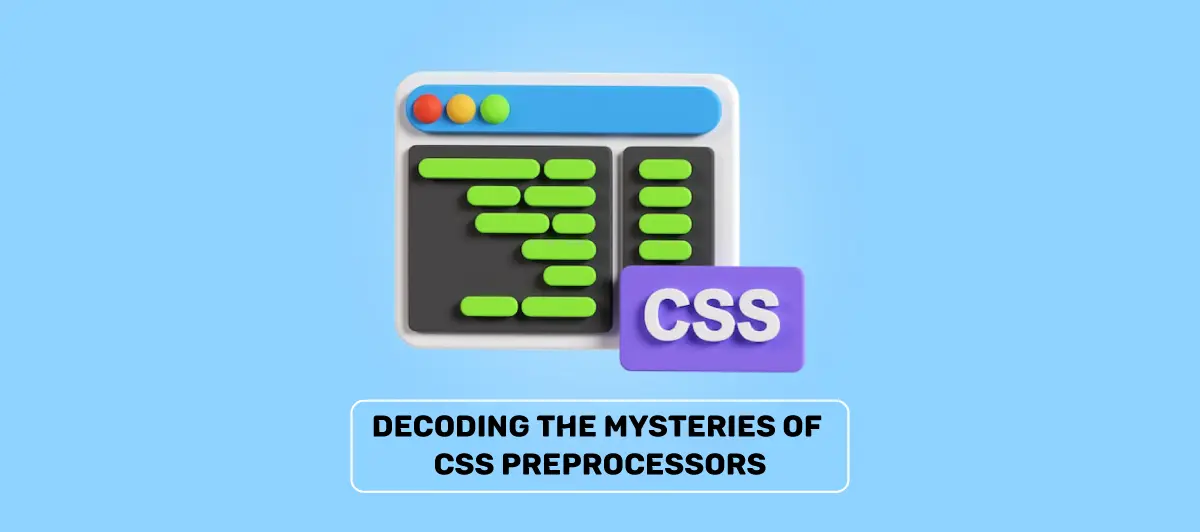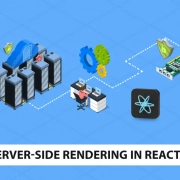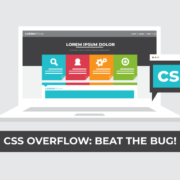What are CSS preprocessors?
Quick Summary: This blog has a exposition on CSS preprocessors. In this article, well recall their distinction and the reason why they’re worth using. Level up your website development proficiency with this applying the underlying concept of those useful techniques.
Introduction
CSS preprocessors are just not about pure CSS but rather they provide some functionality beyond pure CSS. This option grants you an opportunity to create CSS out of the preprocessor’s particular notation.
Most of these CSS preprocessors add up innovations, which could be missing in pure CSS, for instance, mixin, nested selector, inheritance selector, and so on. These constitutes, namely, elevate the CSS structure in terms of user accessibility and maintainability. You must install a CSS compiler on your web whenever you use it. When you use it to compile on the development environment and then upload the compiled.
CSS files to the web server, CSS preprocessors become a mainstay in the web development workflow. CSS is a complicated and subtle language, and to make its usage easier, developers are turning to preprocessors such as SASS or SCSS. It has specific style standards, making writing easier for the document, like SASS, as the freedom to forget braces.
They also offer other features; many of them are provided by the incredible preprocessor. There is only a slight variance in syntax. You can choose as you wish, and you will be able to achieve the same things.
Why use a CSS preprocessor?
A CSS Preprocessor is a valuable tool for full-stack and front-end developers working on massive projects. It makes code more readable and easy to distribute.
The best CSS preprocessors for React include Sass, LESS, and Stylus. Sass is widely favored among them for its mature ecosystem, extensive features, and strong community support. However, the choice depends on your personal preference and project requirements. Let’s discuss some popular CSS preprocessors:
SASS:
The Sass full form is Syntactically Awesome Style Sheets, and SaaS is stylesheet language. Furthermore, the Sass CSS preprocessor allows using their variable, nested rules, mixins, functions, etc. These all are fully compatible with CSS syntax. The rise of Sass streamlines development makes it easy to share project design, and keeps well-organized large-size stylesheets.
LESS:
The LESS complete form is Leaner Style Sheets.LESS is a backward-compatible language extension using a javascript tool to convert LESS style to CSS style.
Stylus CSS preprocessor
In 2010, TJ Holowaychuk, the former developer of Node.js, launched Stylus, the first version of the library.
Like LESS, Stylus is designed in Javascript, which helps developers incorporate it into their Node.js projects.
Furthermore, Stylus integrates the best and most potent logic abilities of Saas and has a simple setup in Less.
CSS Preprocessor in Action:
Variables :
Variables are commonly used in any programming language, which especially lacking in CSS. By having variables at your disposal, you may define a var once, and reuse its value across the entire program… if you made a variable for any CSS value it will be reusable in the entire program. You want to change some value in an entire program then you only change in variable and you got the changes.
$primaryColor: #000056
div{
color: $primaryColor;
}
you declared a variable once and now it’s possible to use the hall program without you don’t retype the definition.
Mixins :
Mixins are prewritten set of CSS rules and plug it inside of any CSS element’s styling. This is excellent for cutting down on repeated code.
@mixin important-note {
color: blue;
font-size: 24px;
font-weight: bold;
border: 2px solid blue;
}
div{
@include important-note;
background-color: yellow;
}
Loops :
The Loops allow you to repeat the same tasks multiple times without having to re-enroll each time.
colors = 'red' 'green' 'blue' 'yellow'
for color in colors
{'.' + color}
background: unquote(color)
loops are saved time and code to write the same code multiple times to change some value of CSS properties.
If/Else Statements :
This will run a set of orders only if a given condition is true.
@if (width(body) > 768px) {
background-color: red;
color: yellow
} else {
background-color: blue;
color: bisque;
}
Here, the background image will be changed on the width of the page’s body.
Nesting :
Devs are frustrating when they are can’t visualize nested CSS Elements, that are provided by the preprocessor.
$font-size: 12px;
div {
margin: 10px;
button {
padding: 10px 5px;
}
.name{
color: #E1E1E1
}
}
Color Functions:
Preprocessors have broad in-built functionality for altering color dynamically.
saturate($color, $amount) desaturate($color, $amount) lighten($color, $amount) darken($color, $amount) adjust-hue($color, $amount) opacify($color, $amount) transparentize($color, $amount) mix($color1, $color2, [$amount]) grayscale($color) complement($color)
Imports :
This functionality is very useful when you work on a large project and import multiple CSS files.
@import "style/style.scss"; @import "style.css";
Math :
Arithmetic operations are allowed in the CSS Preprocessor without the use of the calc() function.
.favourite {
width: (100vw / 4);
}
Extends :
You make a list of CSS rules and you want to style another element, just use extend keyword and fully style their elements.
.favourite-div {
color:white;
background-color: blue;
margin: 10px;
}
.another-div {
@extend .favourite-div ;
border: 3px solid green;
}
How Bigscal Helps?
Bigscal excels as a premier provider of expert software development solutions. Renowned for its industry-leading services, Bigscal delivers tailored software products that meet intricate business demands. With a focus on innovation, our skilled team ensures top-notch solutions, making us a trusted choice for cutting-edge software development needs.
Conclusion
Preprocessors in CSS are becoming an increasingly important part of front-end development workflows. Their growing significance lies in enhancing efficiency, organizing code, and enabling advanced features and maintainability. As websites and applications evolve, preprocessors remain integral for streamlined and robust front-end workflows. You need to look at your stack, your team’s skills, your project’s architecture, and your needs to determine which CSS preprocessor is best for you.
FAQ
What are CSS preprocessors?
CSS preprocessors are tools that enhance the capabilities of standard CSS. They introduce variables, functions, nesting, and other features to simplify and improve web development’s writing and managing styles.
Which frontend technology does the CSS preprocessor leverage?
CSS preprocessors like Sass, Less, and Stylus leverage technologies like variables, mixins, and nesting to enhance the development and maintenance of stylesheets in front-end web development.
Should I use Sass or Tailwind?
Since Tailwind CSS processors do not require a compilation of code, it is much faster than Sass since it does not require a compilation of code. Furthermore, the Tailwind CSS and Sass communities are active and provide good documentation and resources.
Is CSS faster than Sass?
By plugging the holes in CSS, Sass (short for Syntactically Awesome Stylesheets) allows you to write easier-to-maintain, faster-running code.
What are the disadvantages of using CSS preprocessors?
- Debugging is more complicated.
- Compilation slows down the development process.
- CSS precessors produce huge CSS files.
- Maintenance and over-engineering.
- Saving generated files (or not)
- Ability and understanding.
- Knowledge is available to developers.
How to use CSS preprocessor?
To use a CSS preprocessor like Sass or Less, write code with enhanced features like variables and nested rules. Then, compile the code to standard CSS for web deployment.













